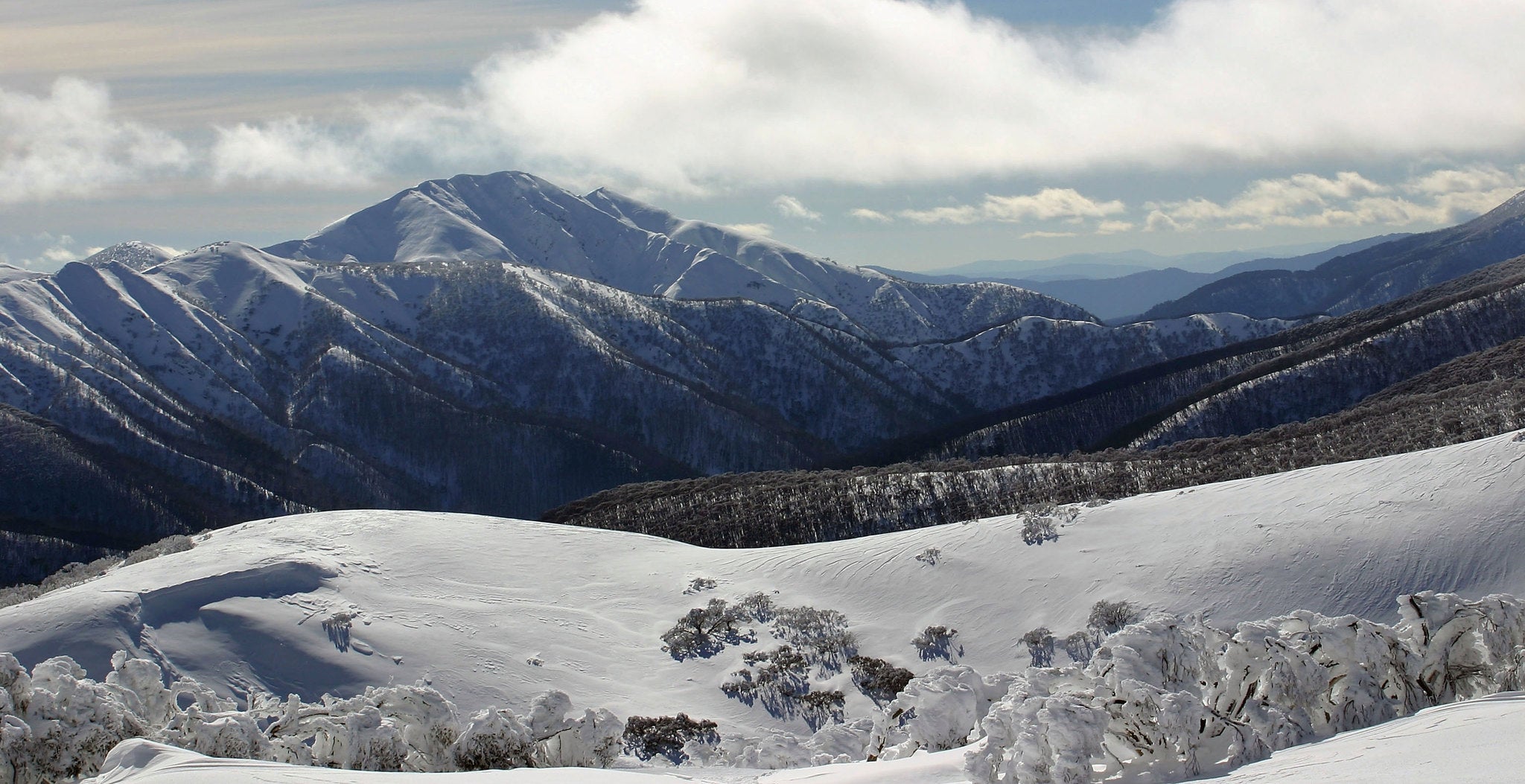Discover About the Areas That Regularly See Snow In Australia During the Winter Season
Discover About the Areas That Regularly See Snow In Australia During the Winter Season
Blog Article
Understanding the Significance of Snow in Australia for Farming and Tourism
While Australia is usually connected with sun-kissed coastlines and arid wilderness, it additionally boasts a wealth of snowy towering areas. The snow that blankets these areas is even more than an attractive landscape attribute. It works as a lifeline for the country's agriculture and a driving force for a lucrative tourist sector. As we explore this shocking intersection, the possible impact of moving climate patterns on Australia's snowfall and its subsequent results become a compelling focus.

The Unforeseen Snowfall: Australia's Alpine Regions
When wintertime cloaks the world, Australia's Towering regions wear a white mantle of snow, a spectacle that seems almost paradoxical in this dominantly sun-baked land. Contrary to the stereotypical picture of Australia as a land of deserts and coastlines, these areas provide a stunning and unexpected contrast. The Australian Alps, extending throughout New South Wales, Victoria, and the Australian Resources Region, get even more snowfall than Switzerland. This unexpected wintertime paradise uses a special ecosystem, supplying an environment for several native varieties and a snowy play area for winter months sporting activities fanatics. The annual snowfall, although not as plentiful as in some nations, is an essential element of Australia's climate variety and plays a considerable role in the nation's agricultural practices and tourism industry.
Wintertime's Bounty: Snow's Contribution to Australia's Water Resources
Regardless of its rarity in the wider landscape of Australia, snow in the Alpine areas plays an essential duty in the nation's water sources. Offering as an all-natural reservoir, the snowpack stores water throughout the chilly months, gradually launching it right into rivers and dams as it thaws in warmer seasons. This procedure makes certain a steady supply of water, aiding in the stabilization of the country's water cycle. This is particularly essential for Australia, a continent regularly tormented by droughts. The snowmelt feeds into the Murray-Darling Basin, a lifeline for numerous neighborhoods in the southeastern parts of the country. Without the bounty of winter months snow, Australia's water resources would be substantially stressed, impacting both the atmosphere and the population.
White Covering, Environment-friendly Fields: The Influence of Snow on Australian Agriculture
Although much less noticeable, the impact of snow on Australian agriculture is substantial. Snowfall boosts soil health by introducing dampness and capturing nutrients, which are you could try here slowly launched as the snow melts. Hence, the role of snow in Australian agriculture is both complex and essential.

Cold Cash: Snow Tourism and Its Economic Importance in Australia
While the worth of snow to Australian farming is frequently taken too lightly, its contribution to the nation's tourist sector is undeniably substantial. The snow-laden peaks of Australia's towering regions bring in a flurry of tourists every wintertime, contributing millions to the national economy. These visitors take part in a range of snow-based tasks, from winter sports and snowboarding to snowshoeing and sledging. The prospering snow tourist industry has led to the production of various work, from ski instructors to resort team, boosting neighborhood economic climates while doing so. In addition, the profits visit created from snow tourist aids fund numerous infrastructure jobs and necessary solutions in these areas - Does Australia Get Snow. Hence, the economic value of snow tourist in Australia prolongs far beyond the slopes.
Future Projection: Environment Change and Its Potential Effects on Australia's Snowfall
As the world faces the reality of climate adjustment, so also should Australia ponder its potential impacts on the country's snowfall. Present scientific designs predict a decrease in Australian snowfall, with possibly serious influence on both farming and tourist. In some locations, the snow period can be reduced by approximately 80 days by 2050. Such adjustments endanger the stability of Australia's ski market, which contributes considerably to the regional economic situation. In a similar way, much less snowfall can likewise affect the country's agricultural industry, as snowmelt plays a vital function in sprinkling crops. The prospective effects of these modifications highlight the seriousness web link of climate adjustment mitigation efforts, both in Australia and internationally.
Verdict
In final thought, snow is a pivotal aspect of Australia's agricultural and tourist industries. The impending danger of climate modification elevates issues concerning the future of Australia's snowfall patterns, potentially interrupting these considerable financial sectors.

When winter season capes the world, Australia's Alpine regions put on a white mantle of snow, a phenomenon that seems practically paradoxical in this dominantly sun-baked land.Regardless of its rarity in the broader landscape of Australia, snow in the Alpine areas plays an essential function in the nation's water resources. Without the bounty of wintertime snow, Australia's water resources would be significantly strained, affecting both the populace and the environment.
Thus, the financial significance of snow tourism in Australia prolongs much past the inclines.
In conclusion, snow is a crucial component of Australia's agricultural and tourism industries. Does Australia Get Snow.
Report this page